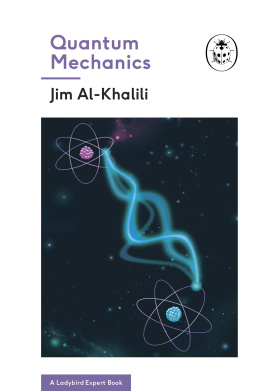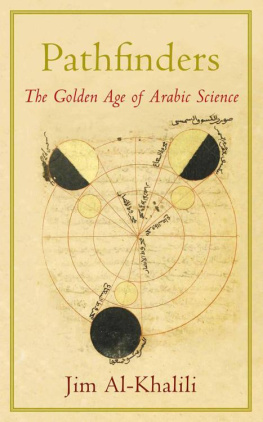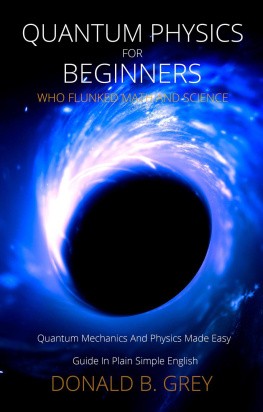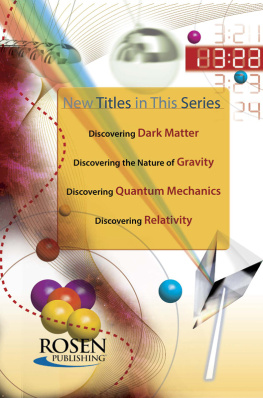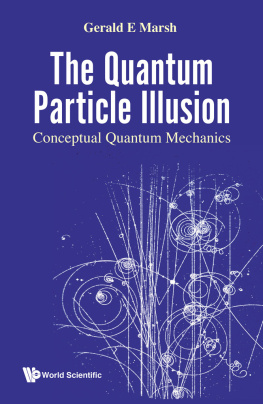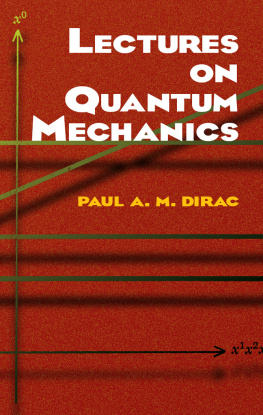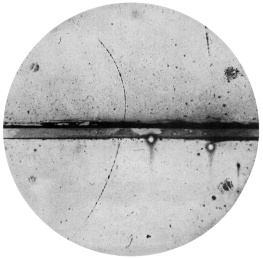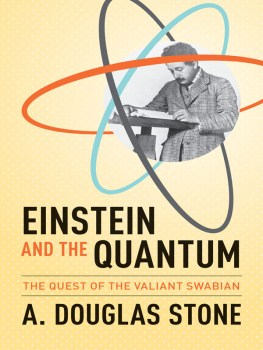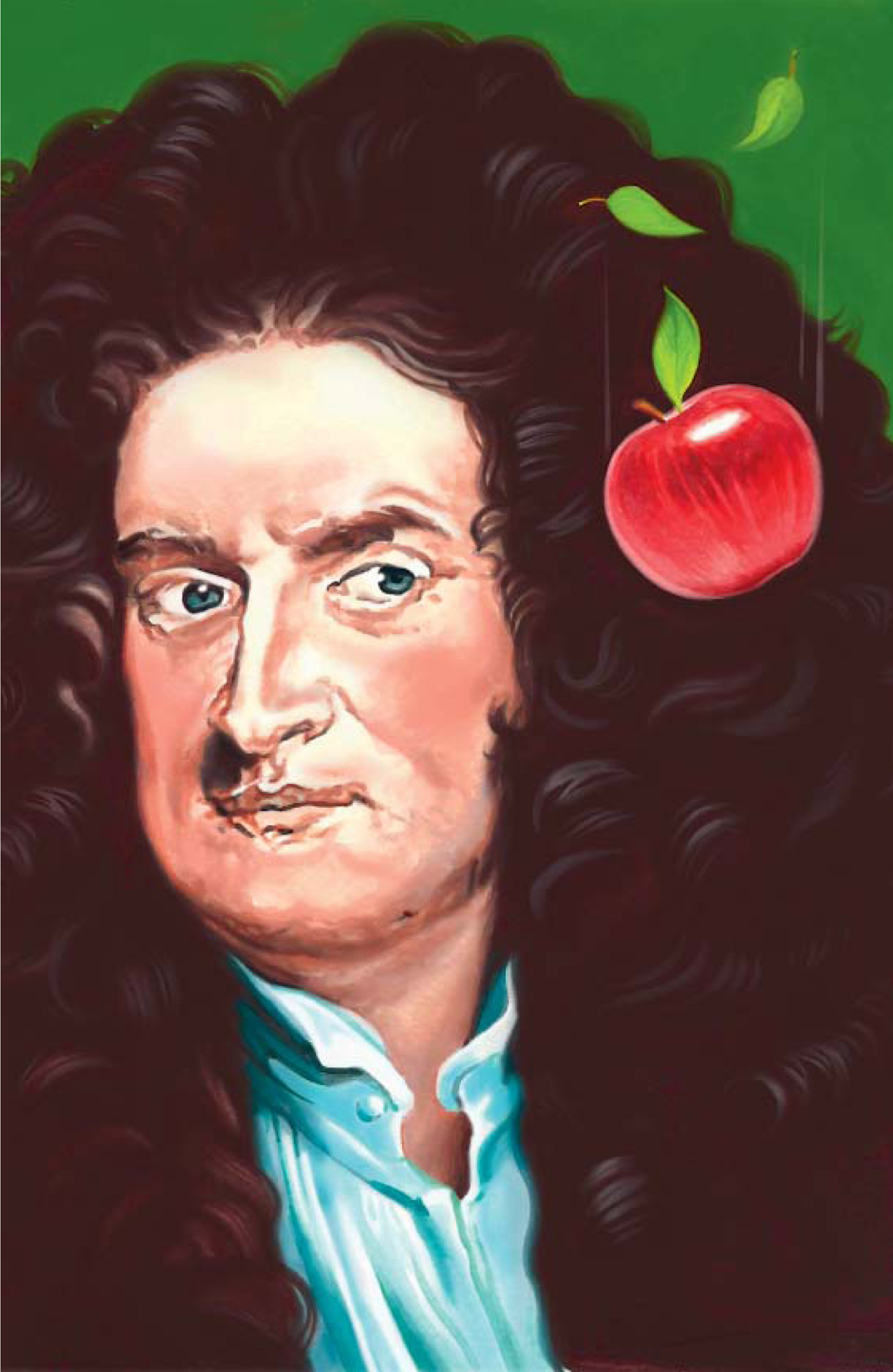I think I can safely say that nobody understands quantum mechanics.
Richard Feynman
Quantum mechanics is certainly imposing. But an inner voice tells me that it is not yet the real thing. The theory says a lot, but does not really bring us any closer to the secret of the old one. I, at any rate, am convinced that He does not throw dice.
Albert Einstein
So Einstein was wrong when he said, God does not play dice. Consideration of black holes suggests, not only that God does play dice, but that he sometimes confuses us by throwing them where they cant be seen.
Stephen Hawking
For those who are not shocked when they first come across quantum theory cannot possibly have understood it.
Niels Bohr
The theory [quantum mechanics] has, indeed, two powerful bodies of fact in its favour, and only one thing against it. First, in its favour are all the marvellous agreements that the theory has had with every experimental result to date. Second, and to me almost as important, it is a theory of astonishing and profound mathematical beauty. The one thing that can be said against it is that it makes absolutely no sense!
Roger Penrose
The underlying physical laws necessary for a large part of physics and the whole of chemistry are thus completely known, and the difficulty is only that the exact application of these laws leads to equations much too complicated to be soluble.
Paul Dirac
Series 117
This is a Ladybird Expert book, one of a series of titles for an adult readership. Written by some of the leading lights and outstanding communicators in their fields and published by one of the most trusted and well-loved names in books, the Ladybird Expert series provides clear, accessible and authoritative introductions, informed by expert opinion, to key subjects drawn from science, history and culture.
The Publisher would like to thank the following for the illustrative references for this book: : Niels Bohr, Niels Bohr Archive, Copenhagen.
Every effort has been made to ensure images are correctly attributed, however if any omission or error has been made please notify the Publisher for correction in future editions.
Jim Al-Khalili
QUANTUM MECHANICS
with illustrations by
Jeff Cummins and Dan Newman
Classical physics
By the end of the nineteenth century many physicists believed there really wasnt much more to learn about the workings of nature and the properties of matter and radiation.
Two centuries earlier, Isaac Newton (16421727) had outlined, in powerful mathematical detail, what became known as classical or Newtonian mechanics. Every school-child learns about his Laws of Motion and Universal Law of Gravitation, which are used to calculate the forces that act on all objects we see around us and to explain the way those objects move everything from falling apples to the trajectories of the Apollo moon rockets. Newtons body of work, together with the observations and careful experiments of others before him, such as Galileo (15641642), had set the scene for the giants of nineteenth-century physics, such as Michael Faraday (17911867) and James Clerk Maxwell (18311879), to complete the picture of classical physics.
This entire body of work, which took three centuries to develop, still provides us today with a description of the universe made up of solid objects obeying Newtonian mechanics, along with Maxwells description of electromagnetic waves, fields and radiation that beautifully unified electricity, magnetism and light.
Physics, so it seemed at the time, was complete. It was expected that everything in the universe could be describable precisely, and that it was now simply a matter of dotting the is and crossing the ts. One physicist even remarked, in 1894: It seems probable that most of the grand underlying principles have been firmly established.
The dawn of modern physics
In the final decade of the nineteenth century a number of mysteries and unresolved puzzles in physics were beginning to suggest that science was in crisis.
For example there was no proof as yet that matter was ultimately composed of atoms fundamental building blocks that could not themselves be subdivided. Many physicists and chemists had begun using the idea of the existence of atoms (a rudimentary atomic theory) as a working assumption while in fact having no idea about their nature or properties.
There were also puzzling phenomena that could not be explained, such as the photoelectric effect, whereby light shone on metal electrodes could create electricity, as well as black-body radiation (the heat and light given off by certain non-reflecting objects) and the distinctive pattern of lines in the spectrum of light given off by each chemical element.
Adding to the excitement were three discoveries made in quick succession: first came mysterious X-rays (by the German physicist Wilhelm Rntgen in 1895), followed by the equally mysterious phenomenon of radioactivity (by Frenchman Henri Becquerel in 1896 and for which he won a Nobel Prize, with Marie and Pierre Curie), and, finally, the electron, the very first elementary particle, credited to the English physicist J. J. Thomson in 1897.

Rntgens X-rays allowed us to see through solid matter, as though by magic, while Marie Curie earned her place in history through her work on radioactivity, becoming the first woman to receive a Nobel Prize.
The birth of quantum theory
In 1900 the German physicist Max Planck explained the way hot bodies emit electromagnetic radiation (as heat and light) at different wavelengths. He proposed that the energy of this radiation was proportional to its frequency: the higher the frequency (or the shorter the wavelength), the higher its energy will be, and the ratio of the two quantities (energy divided by frequency) was therefore a constant number, which still bears his name: Plancks constant.
The idea led Planck to the conclusion that this radiation could not have just any energy since only discrete energies were allowed (corresponding to the frequency), the radiation had to be lumpy, like water dripping from a tap rather than flowing continuously. It was a revolutionary proposal and completely at odds with the then prevailing ideas.
Plancks constant is a very tiny number and tells us that there is a limit to how small a lump of heat radiation can be an indivisible piece of energy, or a quantum of radiation.
This was the first indication that different rules applied at the tiniest scales. Planck was a somewhat reluctant revolutionary and was never really happy with his new theory, even though it beautifully explained the way bodies radiated heat, when all previous attempts had failed. Others would, however, take his idea and run with it.
The word quantum comes from the Latin quantus, meaning how great, and came into general use in physics in the first few years of the twentieth century to denote the
Next page
